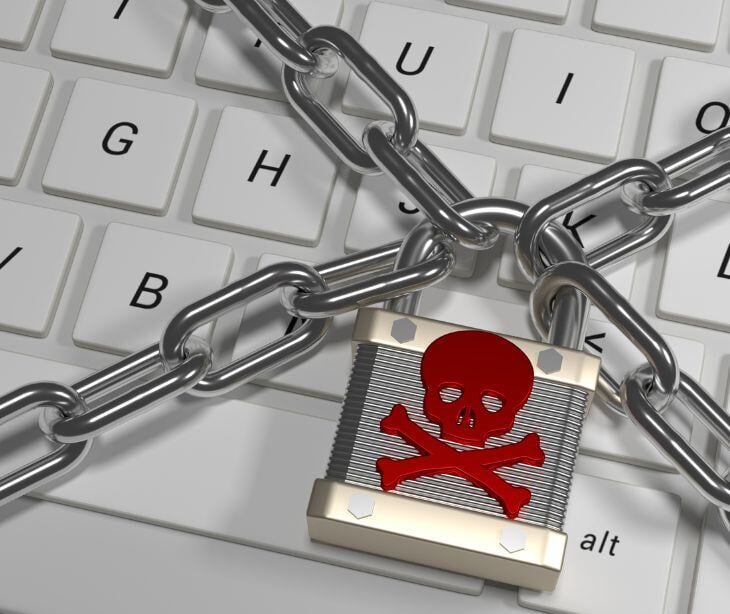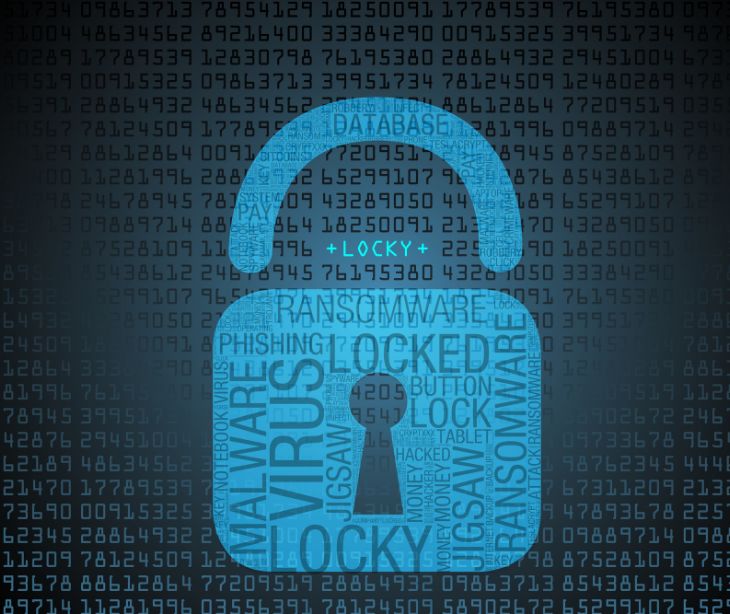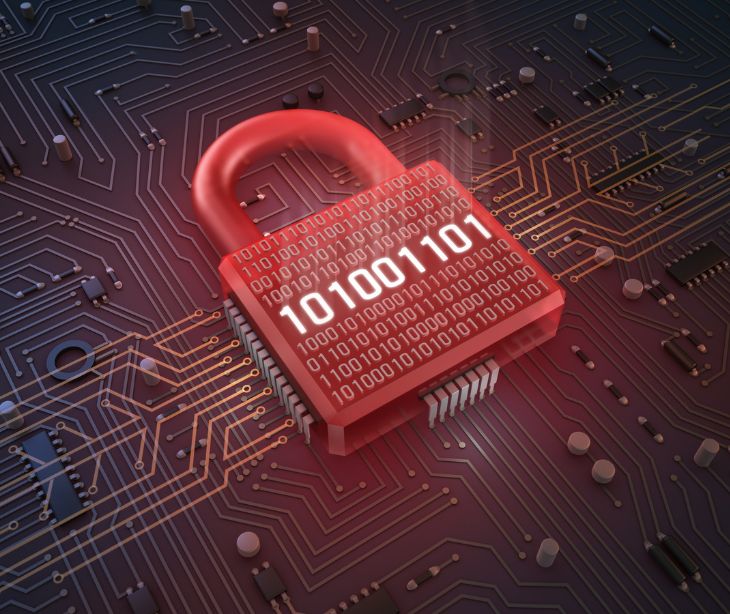
The rise of ransomware attacks has gained global attention, from the disruptive assault on the Colonial Pipeline to the emergency declared in Costa Rica, these attacks have shown the severe impact they can have on digital infrastructure and businesses worldwide. As organizations address this growing threat, understanding how ransomware differs from other types of malware is valuable.
Defining ransomware and malware
Ransomware is a type of malicious software (malware) that tries to extort funds from its victims. Unlike traditional malware, which seeks to steal, damage, or disrupt data and systems, ransomware’s goal is to hold a victim's information or access hostage until a ransom is paid. This distinction in objectives reveals the unique nature of ransomware.
Origin of ransomware
Ransomware's origins trace back to the 1980s, with the first recorded attack, known as the AIDS Trojan virus, distributed via floppy disk at a World Health Organization conference. As the internet grew, ransomware changed, using encryption techniques and cryptocurrencies to facilitate anonymous ransom payments.
The malware spectrum
Malware covers a range of malicious software designed to disrupt, damage, or gain unauthorized access to computer systems and networks. This includes various subtypes, such as viruses, spyware, and bots, each with its own methods of infiltration and objectives.
Malware can enter a system through different means, including social engineering tactics like phishing, exploiting vulnerabilities, or installing malicious software by threat actors who have already gained access to the target environment. Once in place, malware can perform actions such as stealing sensitive data, monitoring user activity, or coordinating distributed denial-of-service (DDoS) attacks.
The ransomware ecosystem
The spread of ransomware has been driven by the ransomware-as-a-service (RaaS) model, where developers sell their malware to cybercriminals in exchange for a flat fee or a percentage of the ransom payments. This model has lowered the entry barrier for attackers, allowing more individuals with malicious intentions to access the tools and services needed to extort organizations.
The RaaS model has also led to the malware-as-a-service (MaaS) ecosystem, where other types of malware, such as remote access trojans (RATs) and information-stealing malware, are available for sale on dark web marketplaces. This trend reflects the changing nature of the threat environment and the need for effective security strategies to address various malware threats.
Ransomware tactics
Ransomware attacks usually start with the threat actor gaining initial access to the victim's IT environment, often through external exposure or user action. External exposure might involve attacks on identity and access management (IAM) systems or exploiting vulnerabilities, while user action can include phishing, compromised credentials, or the accidental download of malicious software.
Once initial access is established, the ransomware payload is deployed, encrypting the victim's data and systems and blocking legitimate access. The attackers then demand a ransom payment, typically in cryptocurrency, in exchange for the decryption key or the promise of restoring access to the affected assets.
Defending against ransomware and malware
Defending against ransomware and other forms of malware requires a multi-layered security approach with both proactive and reactive measures. Strategies include:
- Identity and access controls: Implementing identity and access management (IAM) practices, such as multi-factor authentication, privileged access management, and user security awareness training, helps reduce the risk of credential-based attacks.
- Vulnerability management: Maintaining a program that prioritizes the timely identification and remediation of known vulnerabilities can reduce the attack surface for malware intrusions.
- Managed detection and response (MDR): Deploying an MDR solution that monitors for and rapidly detects and responds to suspicious activity helps organizations stop malware attacks before they can cause extensive damage.
- Incident response: Establishing a well-defined incident response plan, including an insurance-approved incident response team, ensures a swift and effective recovery from a ransomware or other malware attack.
In the news
The Dark Angels, a relatively new ransomware gang that first appeared on the radar in May 2022, have quickly made a name for themselves as one of the most formidable threats in cybersecurity. According to the Zscaler report, the group targeted an unnamed company in September 2023, locking down their VMWare ESXi servers and stealing an alleged 27 terabytes of corporate data.
The Dark Angels' ransom demand was $51 million, which, if paid, would have eclipsed the previous record of $40 million paid by insurance giant CNA Financial in 2021. While it remains unconfirmed whether the victim actually paid the ransom, the mere existence of such a high demand proves the growing audacity and ambition of these cybercriminal groups.
See more: Cybercriminals hit new ransomware payout record with $75 million demand
FAQs
What is ransomware and how does it relate to healthcare security?
Ransomware is a type of malicious software that encrypts a victim’s data, rendering it inaccessible until a ransom is paid to the attacker. In healthcare, ransomware can severely impact operations by locking access to electronic protected health information (ePHI) and critical systems, potentially disrupting patient care and leading to significant breaches of protected health information (PHI).
Why is ransomware a concern for HIPAA compliance in healthcare settings?
Ransomware is a concern for HIPAA compliance because it can lead to unauthorized access, loss, or unavailability of ePHI, resulting in severe privacy violations and potential HIPAA breaches. Ransomware attacks can cause substantial financial losses, operational disruptions, and damage to an organization’s reputation.
What is malware and how does it relate to healthcare security?
Malware, short for malicious software, is any software designed to harm, exploit, or otherwise compromise computer systems and data. In healthcare, malware can pose significant risks to protected health information (PHI) and electronic protected health information (ePHI) by causing data breaches, disrupting operations, or stealing sensitive information.
Why is malware a concern for HIPAA compliance in healthcare settings?
Malware is a concern for HIPAA compliance because it can lead to unauthorized access to ePHI, data breaches, and significant privacy violations. Such incidents can result in severe financial penalties, legal consequences, and damage to the organization’s reputation.
Learn more: HIPAA Compliant Email: The Definitive Guide
Subscribe to Paubox Weekly
Every Friday we'll bring you the most important news from Paubox. Our aim is to make you smarter, faster.



